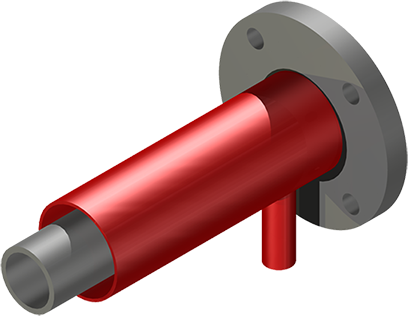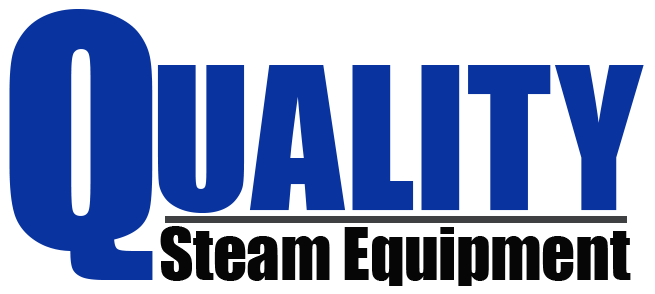Jacketed Piping
Jacketed piping systems feature a core pipe surrounded by a jacket pipe. Process flows through the core pipe, while a heating medium (or cooling medium) flows in the annular space between the core and jacket pipes. We have experience in all three basic types of jacketed piping:

Insert-Flanged Jacketed Piping
Swaged Jacketed Piping
High-Pressure Jacketed Piping
The design and fabrication of jacketing piping systems are significantly more complex than that for process piping. Design/fabrication mistakes can be very costly to correct in the field. Why trust your jacketed piping to anyone else?
CSI has been a preferred provider of jacketed piping since 1976. Our decades of experience in design and fabrication ensure superior quality and heat transfer in all our products. Today, we are the largest provider of jacketed piping on the USA’s East Coast and have strategic alliance agreements with several Fortune-500 companies. We have provided our high-performance products to customers as far away as China.
ControHeat® Bolton Jacket
A jacketing solution that evenly distributes heat transfer for thermal maintenance, heat-up/melt-out, and cooling processes Heating Circuit Sub-Systems, custom thermal maintenance solutions for any application.
Shop- Fabricated Process Piping
Since 2002, CSI has been a large-scale producer of process piping with a current capacity of up to 200 spools/week. The majority of our piping is fabricated to ASME B31.3 or B31.1. Our facilities feature over 110,000 square feet of production floor space and a much larger laydown yard. We possess ASME Section IX qualified welders and welding procedures for a wide range of materials, pipe sizes, and wall thicknesses. The high quality of our process piping is ensured by a wide range of non-destructive examinations employed by our Quality Control staff. On-site, enclosed painting facilities enable us to provide painted piping with controlled quality while avoiding weather delays.
Shop-Fabricated Drip Legs
As steam travels at high velocity through the piping, condensate begins to form. This can be the result of piping heat loss or improper boiler control that results from condensate carryover, sometimes both. Drip legs are used for removing condensate from the steam transmission and distribution lines to help ensure high quality steam for use in various plant applications and also will prevent damaging and dangerous water hammer. Drip legs are therefore located at points where condensate may accumulate to allow for drainage by gravity down to a steam trap for proper discharge from the system. Since condensate drains by gravity, drip legs must be located on the bottom of piping and designed with diameters large enough to promote collection.
